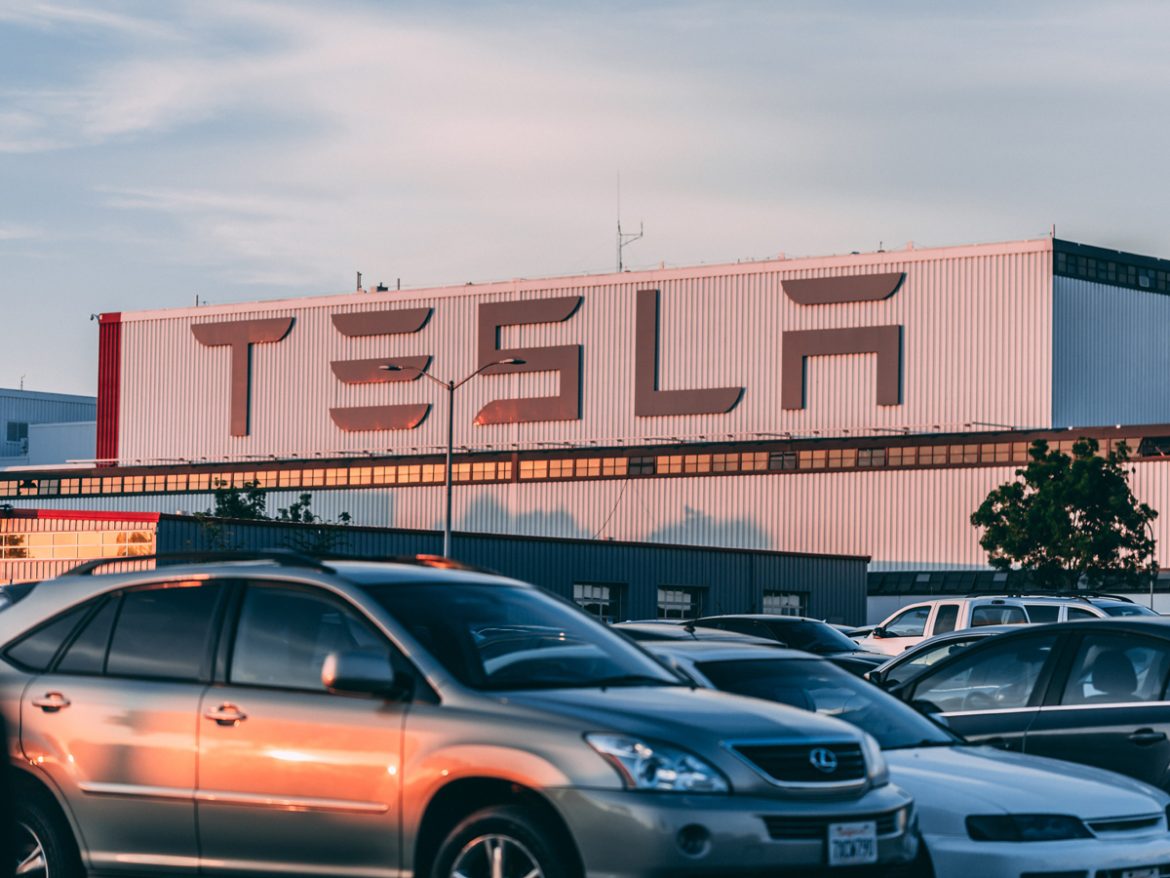Tesla, the world’s leading electric vehicle (EV) manufacturer, is expected to report a 3.7% drop in June-quarter deliveries, marking its first consecutive quarterly decline. Analysts estimate Tesla will deliver 438,019 vehicles for the April to June period, reflecting the company’s struggle against intense competition in China and a slowdown in demand due to a lack of new, affordable models.
Tesla has encountered significant obstacles after years of rapid growth that propelled it to become the most valuable automaker globally. In January, the company warned that delivery growth in 2024 would be “notably lower” as the impact of months-long price cuts begins to wane. The EV maker’s sales have been particularly weak in Europe, where deliveries fell 36% in May due to reduced EV subsidies and diminished demand from fleet operators.
Shift in consumer preferences
One of the key factors contributing to Tesla’s slowdown is a consumer shift towards cheaper gasoline-electric hybrid vehicles. This trend has led to a growing inventory of Tesla vehicles, prompting the company to offer price cuts, cheaper financing options, and leasing incentives to stimulate demand. Additionally, CEO Elon Musk’s decision to shelve plans for an all-new, cheaper electric car in favour of focusing on robotaxis has raised concerns among investors about the viability of autonomous technology.
Slow introduction of new models
Tesla has been slow to introduce new designs to the market, while rivals in China have rolled out more affordable models. In April, Musk announced that Tesla would introduce “new models” later this year, including more affordable vehicles, but provided no details about pricing. The company refreshed its Model 3 sedan last year without a significant design overhaul. Its best-selling Model Y SUV, the Model S premium sedan, and the Model X SUV have not seen major changes in years.
Cybertruck and future plans
Tesla started deliveries of its Cybertruck late last year, but Musk does not expect mass production to begin until 2025 due to recalls and quality issues. In May, Tesla notably omitted its goal of delivering 20 million vehicles annually by 2030 from its latest impact report, a significant shift after years of promoting a long-term annual growth target of 50% for EV deliveries.
European market challenges
Tesla’s sales in Europe have also faced challenges, with a 36% decline in May due to reduced EV subsidies and lower demand from fleet operators, who represented nearly half of Tesla’s sales in the region last year. Tesla has been working to appease European leasing firms, whose fleet values have plummeted due to repeated retail price cuts and slow service with expensive repairs.
Robotaxi unveiling
Tesla plans to unveil robotaxis on August 8, aiming to boost the adoption of its “Full Self-Driving” software. However, details about the production timeline and the number of units to be manufactured remain unclear.
Tesla’s consecutive quarterly decline in deliveries highlights the company’s struggle to maintain its growth momentum amidst rising competition and shifting consumer preferences. The EV giant faces a challenging road ahead as it seeks to introduce new models, address inventory issues, and navigate market dynamics in Europe and China. Investors and analysts will closely watch Tesla’s upcoming announcements and strategies to determine the company’s ability to regain its growth trajectory.



